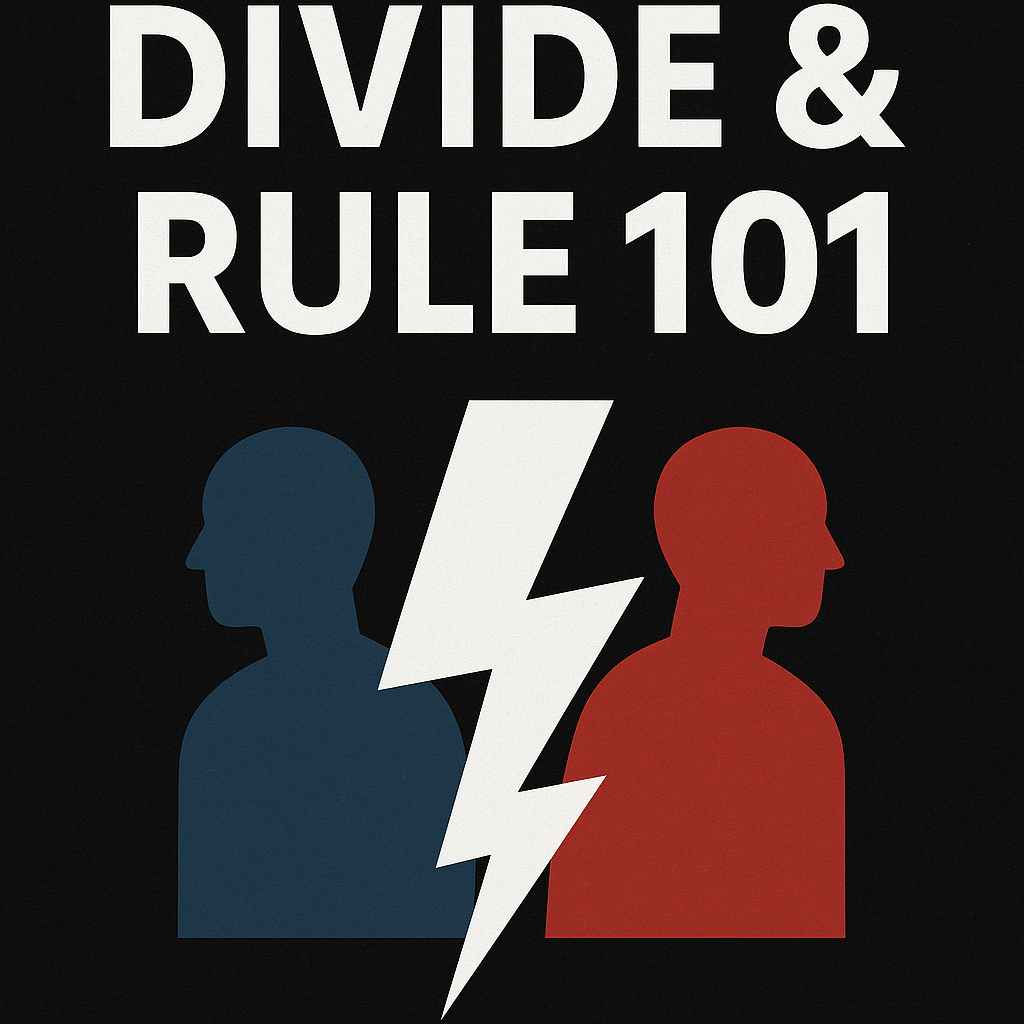Truth Disguised in Fiction—from Gall Trayvis to Our Own World
Introduction: The Fiction That Tells the Truth
Fantasy has often been dismissed as mere escapism, a playground of wizards, spaceships, and dragons, far removed from the serious realities of history and politics. Yet those who look deeper—especially those raised on the epics of Star Wars, Tolkien, or Dune—know that fantasy, far from distracting us, can reveal us. It has the rare ability to tell us truths we might not accept if stated directly.
In the words of George Orwell,
“The best books… are those that tell you what you know already.”
And so we turn to Star Wars Rebels, Season 1, Episode 5: The Rise of the Old Masters—an episode that does more than move a plot forward. It quietly indicts the propaganda machine, unpacks the betrayal of trust, and mirrors the cautionary politics of both the past and present.
The Judas Goat: Gall Trayvis and the Weaponization of Hope
In Rebels, Gall Trayvis appears as a beacon of resistance. He breaks into Imperial transmissions to speak “truth” to the people, telling of injustice, calling for transparency, stirring up flickers of rebellion. In this episode, he announces that Jedi Master Luminara Unduli—a survivor of Order 66—is alive and in captivity.
This message sets the crew of the Ghost on a rescue mission.
But as the series unfolds, the truth comes to light: Trayvis is a Judas goat, an agent of the Empire, pretending to be part of the resistance to lure dissenters into traps.
This deception—so eerily familiar—mirrors historical and modern examples:
- The Soviet Union used agents pretending to be exiles or “sympathetic outsiders” to entrap dissenters.
- COINTELPRO in the United States surveilled and infiltrated civil rights groups by pretending to support their causes.
- Modern authoritarian regimes plant controlled opposition to drain resistance of real power and legitimacy.
Trayvis embodies a universal political tactic:
Create a false messiah to disarm real rebellion.
This is not just a Star Wars plot device—it is a commentary on how tyrannies work.
The HoloNet: Galactic Propaganda and Real-World Parallels
In the episode’s opening, the HoloNet News blames the rebels for an “unprovoked” attack, twisting facts to support the Empire’s narrative. This is not science fiction—it is historical precedent:
- Nazi Germany’s media manufactured justifications for aggression.
- Soviet news agencies rewrote history in real time to control the masses.
- Modern media conglomerates, aligned with political power, distort or omit critical facts to serve ideological ends.
By placing viewers inside a galaxy far, far away, Star Wars subtly trains them to recognize manipulation in their own world.
The Empire’s lies are cinematic dramatizations of a real principle:
Tyranny begins by controlling the narrative.
Luminara the Illusion: Hope as a Weapon
The idea that Master Luminara is alive offers the Ghost crew not only a mission, but a surge of hope. Ezra, especially, clings to the idea that more Jedi survived.
But when they reach her cell, they find her body has been used as bait—a grotesque hologram masking a corpse. The Empire exploited the symbol of Luminara, using her image to trap the hopeful.
This is not just a cautionary tale about bait and switch. It is a deeper metaphor for how institutions—once noble—can be turned into tools of control.
History offers numerous echoes:
- Icons of revolution repurposed by regimes they opposed.
- Spiritual leaders used to justify war and conquest.
- Noble ideals—like justice or equality—twisted to serve authoritarian agendas.
Fantasy teaches us this quietly, through narrative—not lecture.
Why Fantasy Matters: Allegory, Archetype, and Awakening
Fantasy offers what no newsreel or textbook can:
Emotional truth clothed in metaphor.
- Allegory lets us bypass political defensiveness.
We see the Empire and feel its coldness without needing to argue about real-world analogues. - Archetypes give us universal clarity.
The corrupt senator, the manipulative media, the desperate seeker of truth—these are not just characters, but roles people have played for millennia. - Awakening becomes possible.
A child watching Ezra discover betrayal might grow into an adult who questions propaganda, who resists blind trust in authority.
Fantasy reveals that:
The battle between tyranny and truth is not distant. It is now—and it is personal.
Thomas Sowell’s Wisdom on Government and Power
To ground this in real-world insight, consider the words of economist and social theorist Thomas Sowell:
“The most basic question is not what is best, but who shall decide what is best.”
Sowell warns not against political leaders per se, but against the unquestioned elevation of political leaders. The more we place faith in the Trayvises of the world—men who sound noble, who speak smoothly, who promise deliverance—the less we pay attention to the mechanisms that constrain power.
He also says:
“If you have always believed that everyone should play by the same rules and be judged by the same standards, that would have gotten you labeled a radical 50 years ago, a liberal 25 years ago and a racist today.”
This speaks to how narratives shift, and how fantasy can preserve fixed truths amidst the tides of propaganda.
Conclusion: The Ancient Power of Story
From the Jedi to Middle-earth, from Dune’s Bene Gesserit to Orwell’s Ministry of Truth, fantasy is a sanctuary for dangerous truths.
When propaganda says: “Obey,”
Fantasy asks: “Why?”
When politicians say: “Trust me,”
Fantasy says: “Watch what they do.”
And when comfort says: “Don’t ask questions,”
Fantasy whispers: “There is always another way.”
The Rise of the Old Masters is not just about a Jedi rescue mission. It is about how the promise of hope can be weaponized by the very systems it seeks to oppose—and how truth, trust, and freedom must be constantly re-evaluated.
Fantasy does not distract us from the world.
It trains us to see it—clearly, courageously, and with eyes open.







